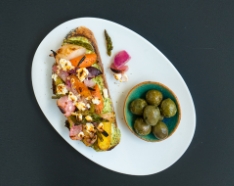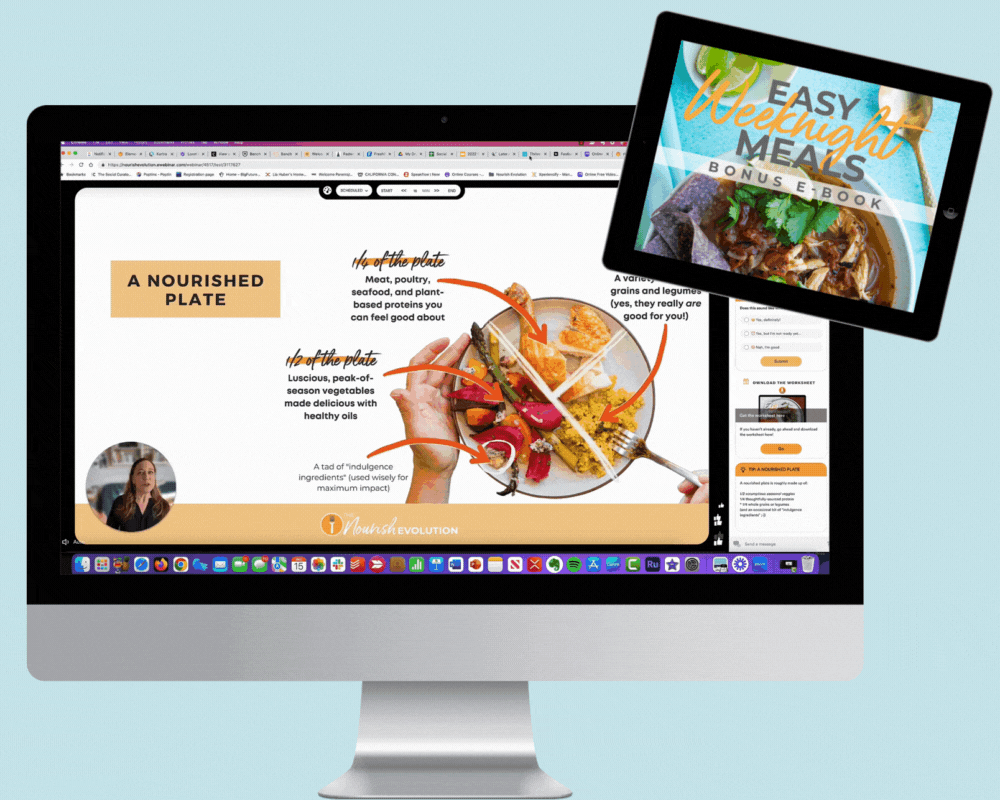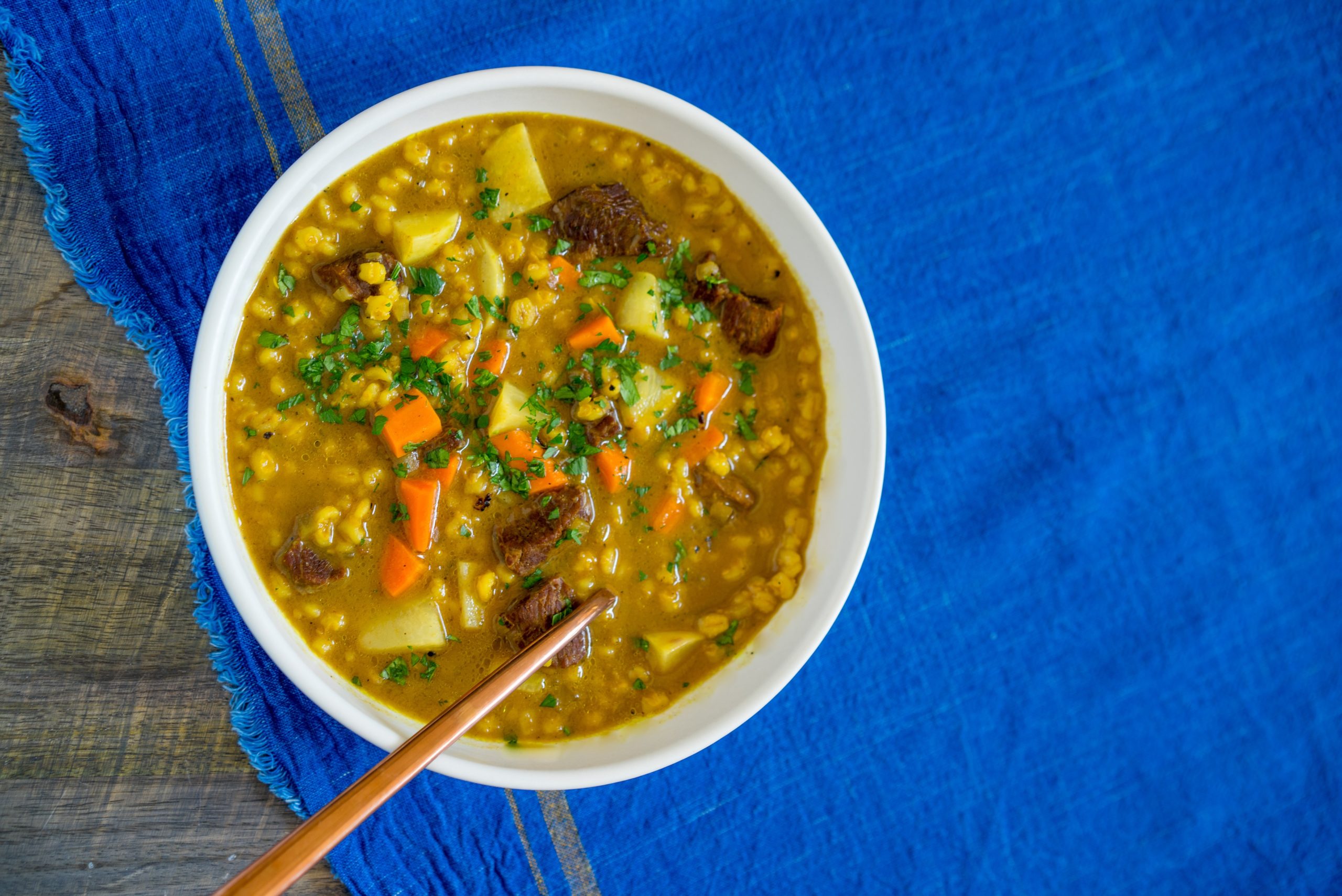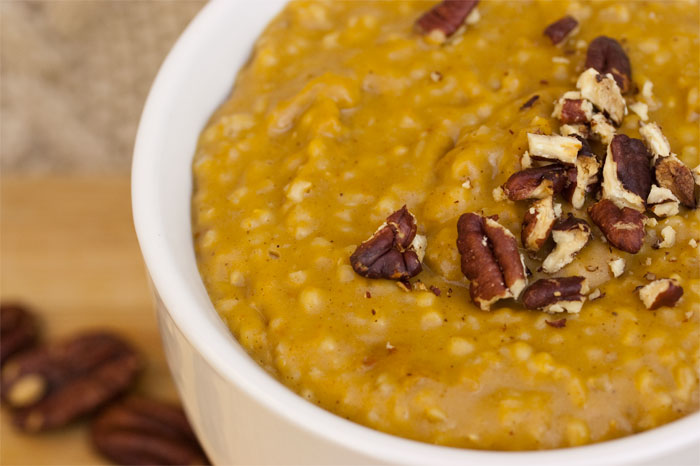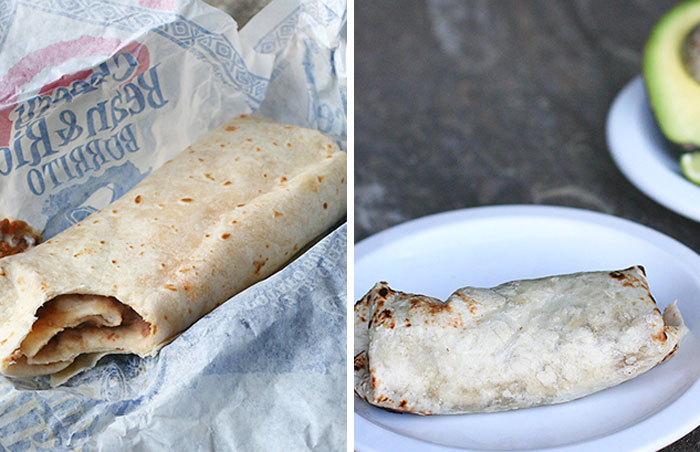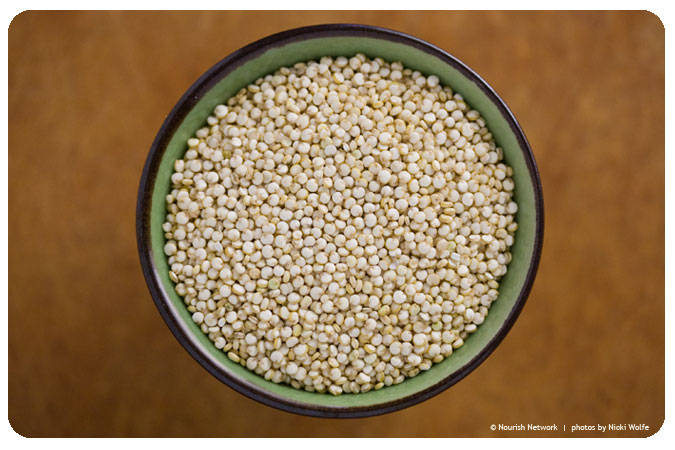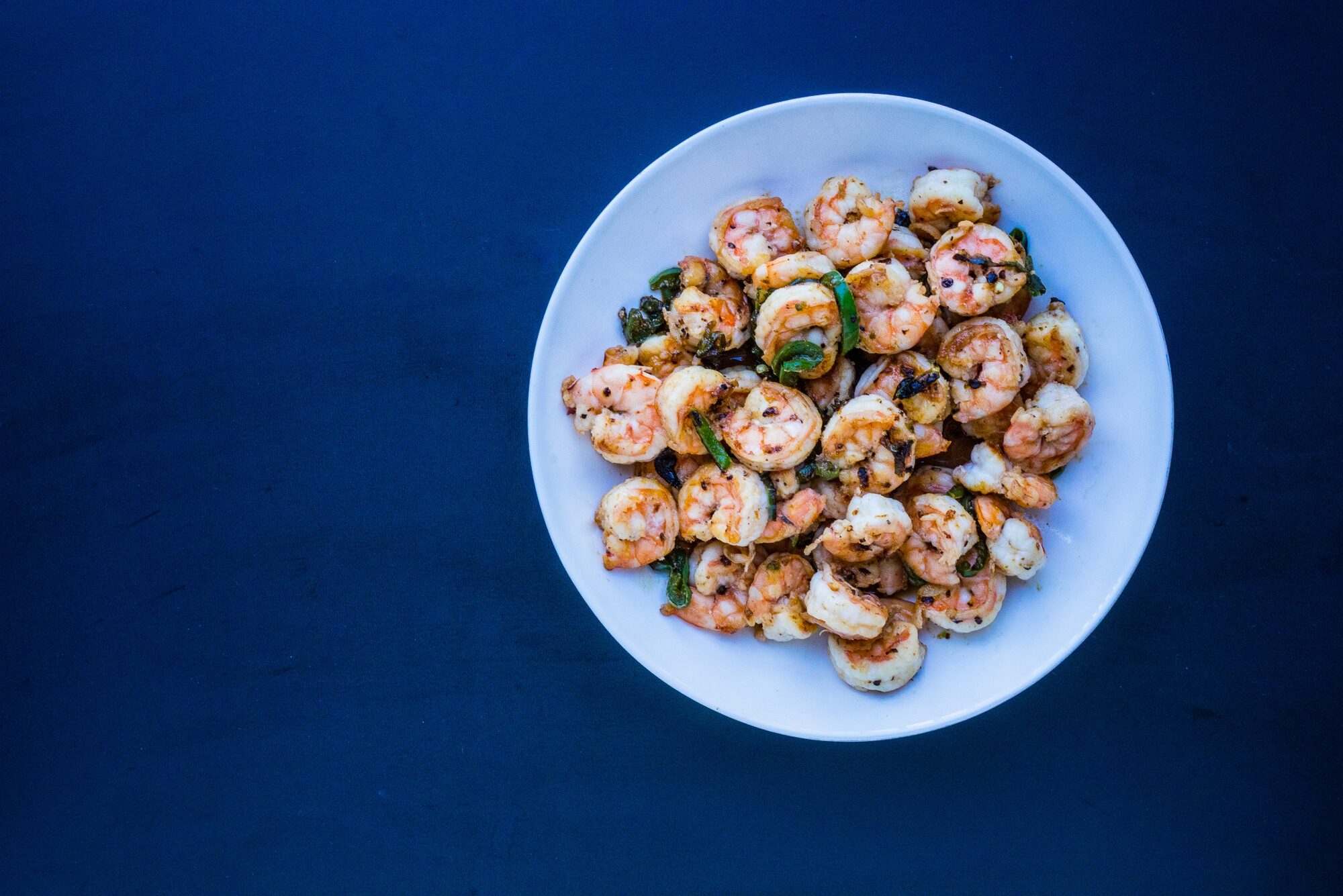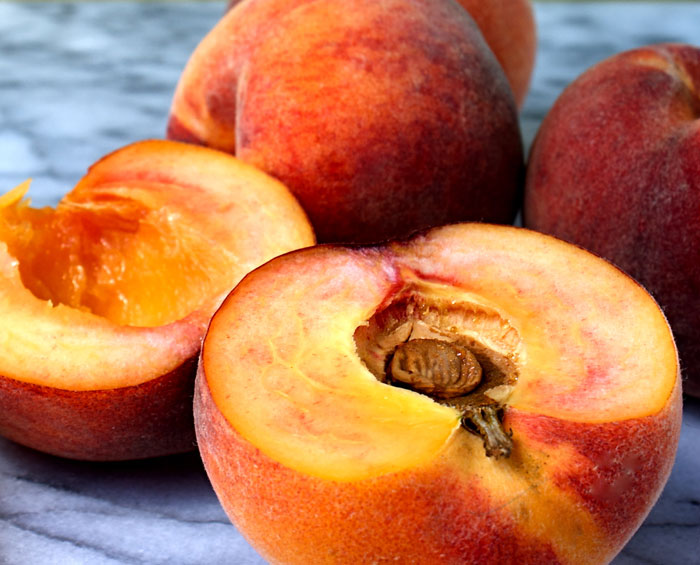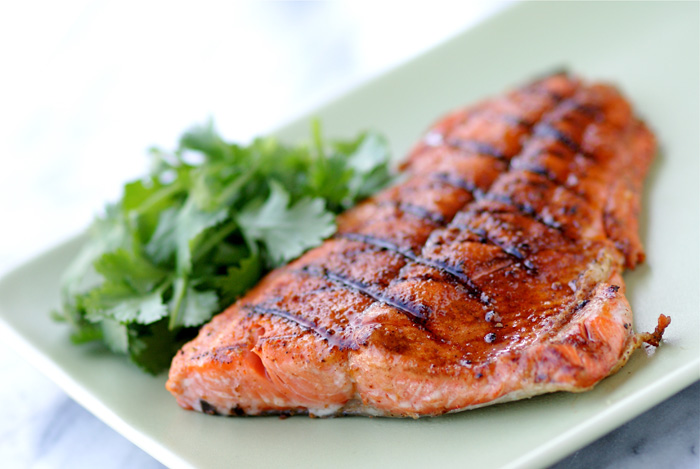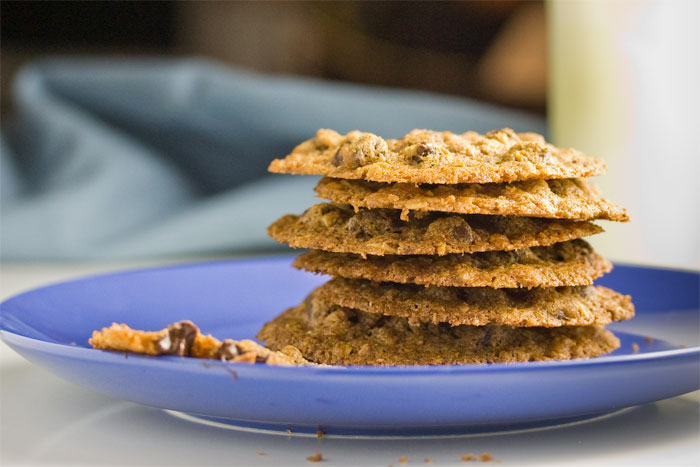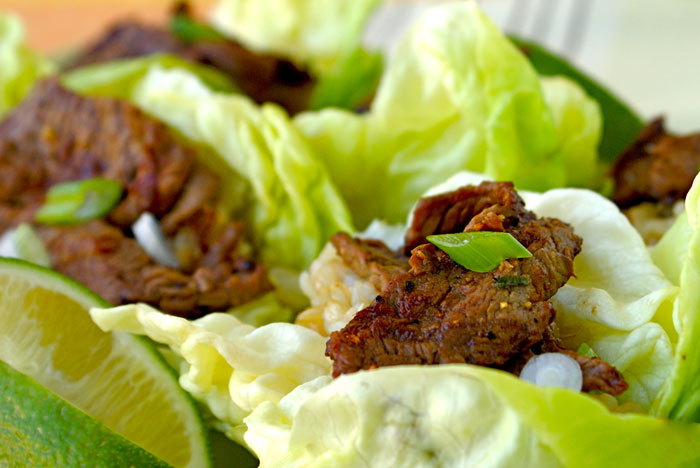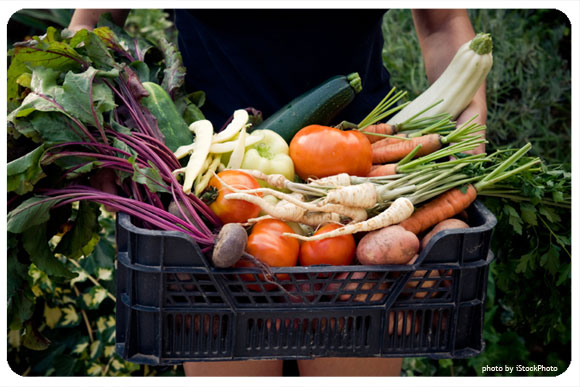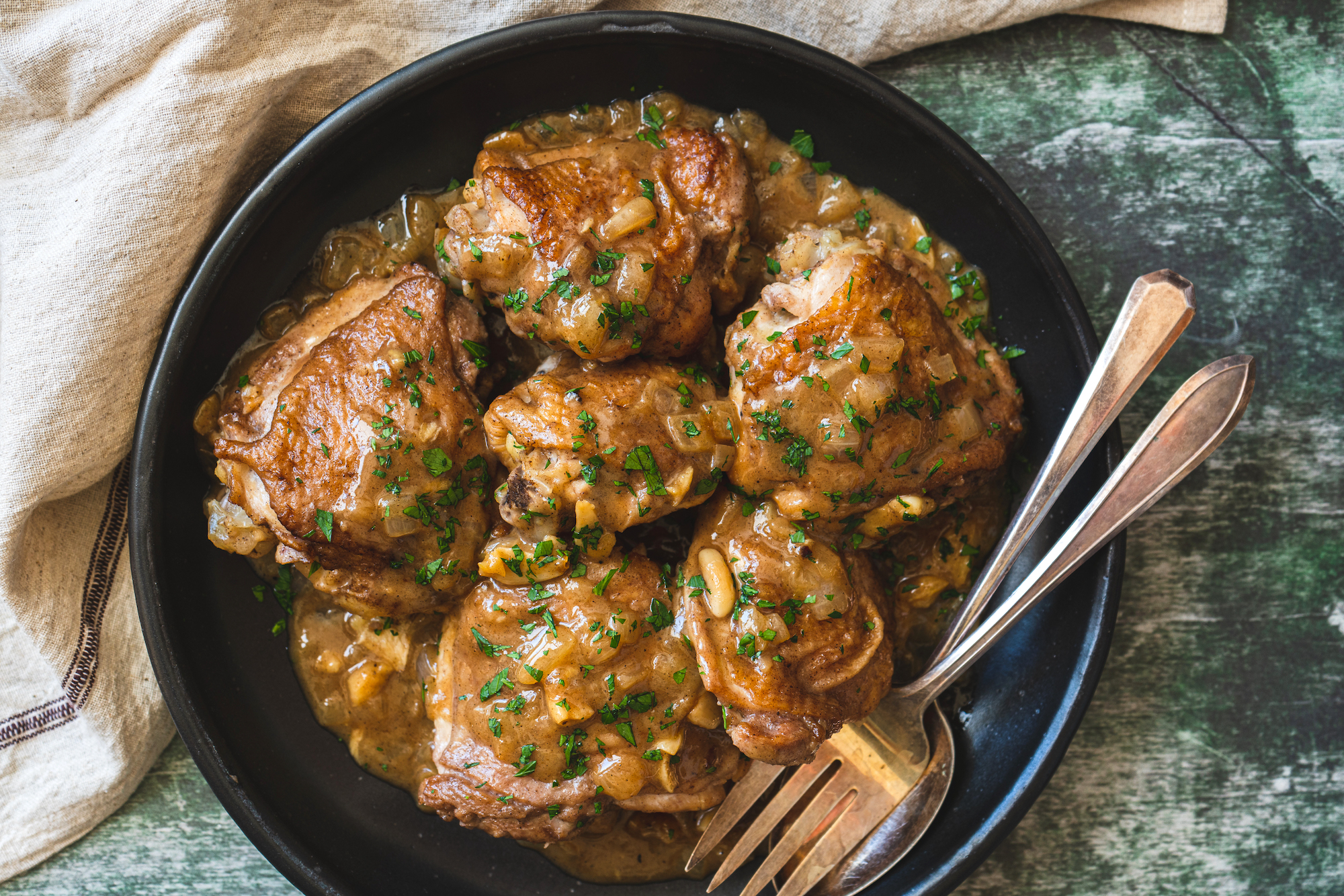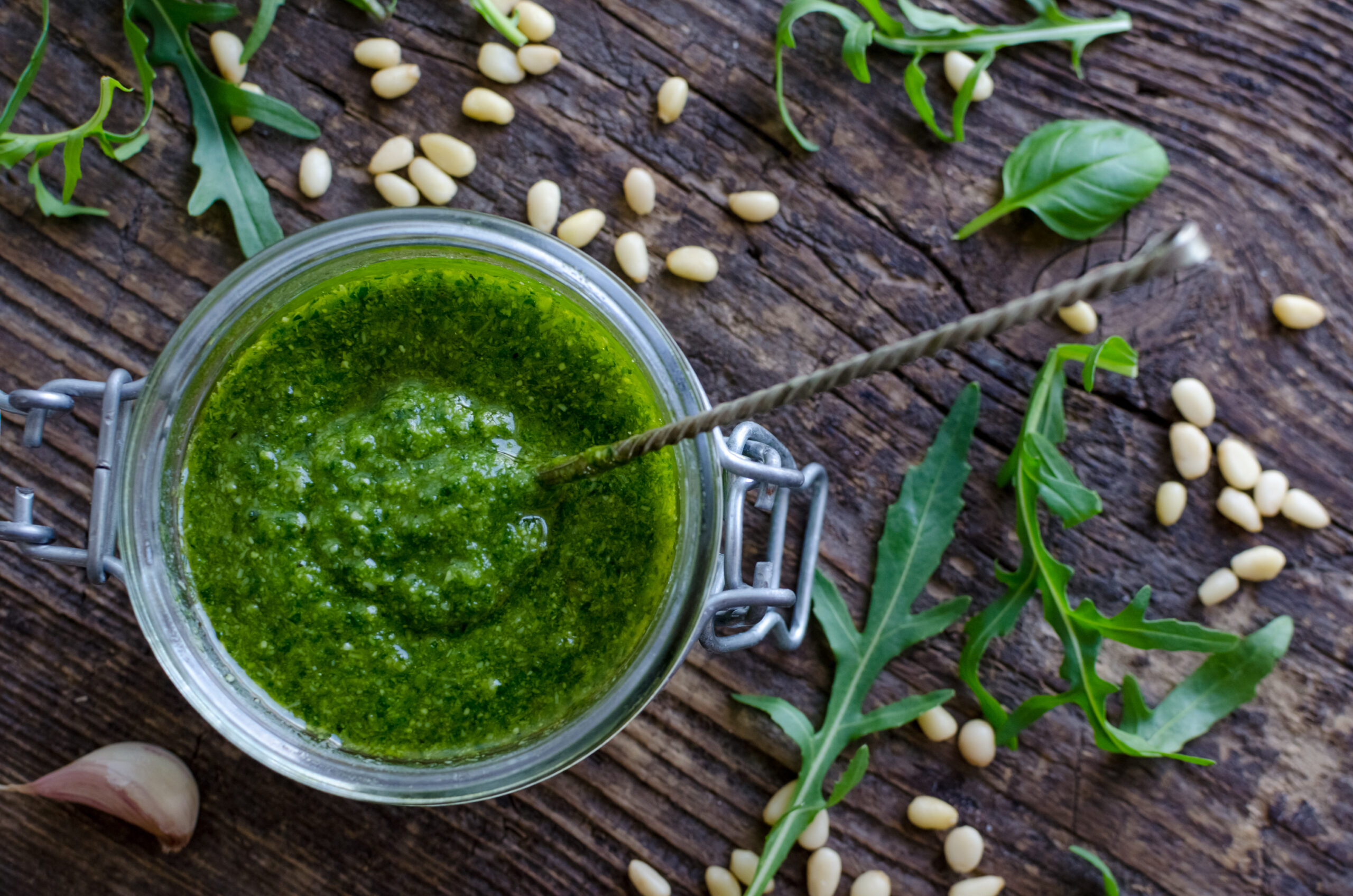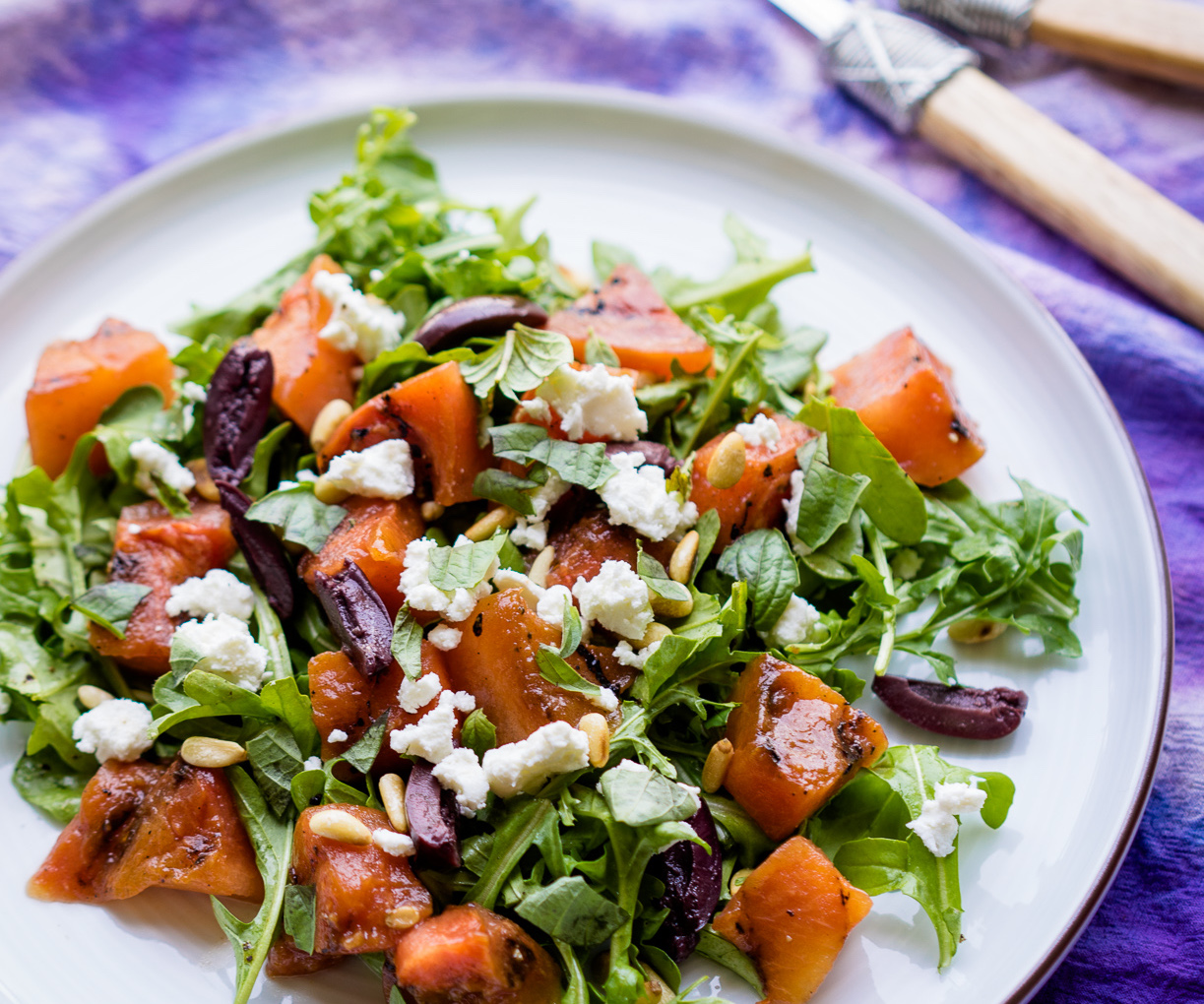If I had a penny for every time I heard someone say, “but fresh, organic food is so expensive” in response to me waxing euphoric about a nourishing dish, I could afford dinner at Cyrus. So I was thrilled to see Slow Food put out the challenge for 
So let's get cooking! You can join a grass roots potluck near you. You can buy this week's Nourish Weekly Menus (we took the $5 challenge to heart–pricing by non-pantry items–and wrote this post from the strategies we used to save money) for a whole week of delish budget fare. Or you can come up with your own by using our six tips below. If you DO make your own meal, please snap a pic and post it on our Facebook page. I'd love to do a follow-up post with a collage to show everyone how beautiful affordable food can be!
- Use seasonal produce. This is like a “free gift with purchase.” It's a proven fact that the tastiest, most luscious, peak-of-season foods are also the cheapest. It makes sense. Foods that are in season near you have far less distance to travel, which means lower transportation costs (and smaller carbon footprint!).
- Make use of healthy, cheap “filler” ingredients. No, I don't mean the creepy corn products that you can't pronounce that make up the bulk of processed foods. I mean inexpensive ingredients–like cabbage and bulgur–that bring a natural heft to a dish. For instance, in this week's menus, we beef up our Corfu Koftas with bulgur and use about 1/2 the beef. And we stuff Spicy Fish Tacos with a tangy slaw so you don't rely on the fish (a relatively expensive ingredient) to dominate the dish.
- Venture outside your box. So many of us have our standard go-to's … steak, shrimp, salmon, chicken breast, etc. But, ironically, many of America's traditional go-to's are the priciest items at the market. All the more reason to explore the unknown. Different cuts of poultry (chicken legs and thighs are my favorite, and about 1/2 the price of breasts), meat (braising cuts are especially affordable) and different types of seafood. Our Curried Mussels, for instance (another dish featured this week), feed four for under $10 and are finger-lickin' good.
- Buy in bulk. Buying from the bulk bins can cut cost by two, three, even five times. Whole Foods, which can be pricey within the aisles, stocks an incredible array in their bulk bins. So explore different types of rice and grains, various flours and nuts, even pasta and dried fruit.
- Buy whole. Whether you're talking a chicken or a head of lettuce, you're going to save significant dough by buying whole. I recently comparison shopped head lettuce versus pre-washed bagged for a television segment and even I was shocked: the gorgeous, ruffly head of organic, locally grown lettuce was FIVE TIMES cheaper than pre-washed, bagged lettuce ($1.95 for a 1-1/2 pound head versus $4.99/pound for pre-washed).
- Plan ahead. There's no disputing that planning ahead helps you save money. It keeps you from making impulse purchases (which can be expensive). It keeps you from dashing out for extra ingredients. It helps you use what you already have on hand. And it cuts down dramatically on food waste (up to 35% of America's food goes to waste!). Insert shameless promotion here … hmmm, I wonder what kinds of resources are out there for helping you plan your meals ahead? Yep, you got it.
Remember, if you make your own meal–either from this week's menus or on your own–snap a pic and post it on our Facebook page!
